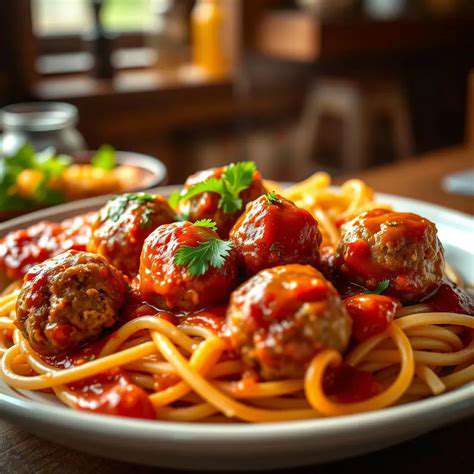Food Culture in Brazil: Feijoada and Churrasco
A Hearty Dish with Deep Roots
Few dishes capture the soul of Brazil like feijoada. This robust stew, traditionally savored during weekends or festive gatherings, isn't merely food—it's a cultural institution woven into the nation's identity. The dish's layered flavors and textures reveal centuries of culinary fusion, blending African, Portuguese, and indigenous traditions into something uniquely Brazilian.
Originally born from the resourcefulness of enslaved Africans adapting their cooking methods to New World ingredients, feijoada's evolution mirrors Brazil's complex history. The slow-simmered beans and assortment of meats aren't just components—they're edible artifacts of cultural resilience. As noted in recent culinary studies, these ingredients tell a story of adaptation and creativity.
The Essential Ingredients: A Symphony of Flavors
Authentic feijoada demands careful ingredient selection and preparation. Black beans form the foundation, cooked slowly until they achieve a velvety consistency. Various cured meats—pork shoulder, beef cuts, and often smoked sausages—add depth, while collard greens and root vegetables provide balance.
The magic happens in the details: properly cured meats, precise bean cooking times, and the layering of flavors through gradual additions. This meticulous approach transforms simple ingredients into a dish greater than the sum of its parts.
Beyond the Beans: A Celebration of Tradition
Feijoada transcends its role as sustenance—it's a social ritual. The cooking process often becomes a family affair, with multiple generations contributing. This communal aspect reflects Brazil's emphasis on shared experiences and hospitality, turning meals into celebrations of connection.
A Culinary Journey Through Time
Each spoonful of feijoada offers a taste of Brazilian history. From its African origins to its current status as national comfort food, the dish embodies cultural synthesis. It stands as proof that cuisine evolves through exchange and adaptation while retaining its essential character.
A Perfect Pairing for a Perfect Meal
The stew's richness finds ideal companions in white rice and farofa (toasted cassava flour). The rice absorbs flavors while the farofa adds textural contrast. For beverages, the citrusy zing of a caipirinha cuts through the dish's heartiness beautifully.
This combination creates more than a meal—it's a balanced representation of Brazilian culinary philosophy, where contrasts create harmony.
Variations and Adaptations: A Dish for Every Taste
While traditional recipes remain beloved, regional variations abound. Coastal versions might include seafood, while vegetarian adaptations showcase Brazil's bounty of legumes and vegetables. This flexibility demonstrates Brazilian cuisine's dynamic nature—honoring roots while embracing innovation.
The Allure of Churrasco: A Brazilian Barbecue Tradition
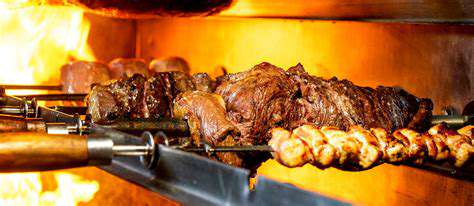
Unveiling the Brazilian Feast
Churrasco represents more than grilling—it's culinary theater. In traditional churrascarias, skewers of sizzling meats circulate continuously, creating an atmosphere of abundance and celebration. The variety astonishes: from buttery picanha (rump cap) to succulent lamb chops, each cut showcases Brazil's mastery of fire and meat.
The Art of the Churrasco
True churrasco relies on the churrasqueiro's expertise. These grill masters understand how different cuts respond to heat, adjusting techniques accordingly. The best know precisely when to remove meats from flames—when fat has rendered sufficiently but juices remain locked in.
This knowledge, often passed through generations, transforms simple grilling into high culinary art. The difference between good and extraordinary churrasco lies in these nuances.
A Symphony of Flavors
While meats star, accompaniments play crucial supporting roles. Fresh hearts of palm salad, garlicky collard greens, and fiery malagueta pepper sauce create a flavor spectrum that enhances rather than competes with the grilled proteins.
The Importance of Community
Churrasco's essence lies in shared experience. The continuous service style encourages conversation and lingering. In Brazil, meals aren't rushed—they're occasions for strengthening bonds. The laughter and stories exchanged during churrasco meals often become as memorable as the food itself.
Beyond the Grill: A Cultural Immersion
The experience engages all senses: the smoky aroma, the sizzle of fat dripping onto coals, the vibrant decor of traditional churrascarias. Live música sertaneja (Brazilian country music) often completes the atmosphere, making dining feel like participating in living culture.
Choosing the Perfect Churrascaria
Quality varies significantly. Seek establishments that source premium meats and employ experienced churrasqueiros. Observing how staff handle the meats—turning them frequently, testing doneness—reveals much about quality before the first bite.
Beyond the Grill: Exploring Regional Variations

Beyond the Barbeque: A Culinary Journey Through Regional Flavors
As explored in global culinary studies, regional differences reflect geography, history, and culture. Brazil's vastness creates striking culinary diversity—the seafood-heavy cuisine of Bahia differs dramatically from the beef-centric fare of Rio Grande do Sul. Recognizing these variations deepens appreciation for how environment shapes diet.
The Influence of Geography on Regional Dishes
Local resources dictate culinary possibilities. The Amazon region utilizes exotic fruits and freshwater fish, while southern plains favor grass-fed beef. Coastal areas incorporate coconut milk and dendê oil, ingredients impractical in landlocked regions. These adaptations demonstrate human ingenuity in maximizing available resources.
The Role of History in Shaping Regional Cuisines
Migration patterns left indelible marks. German immigrants influenced Santa Catarina's pork-heavy cuisine, while Japanese settlers introduced new techniques in São Paulo. The Portuguese legacy appears everywhere—from bacalhau (salt cod) dishes to sweet egg-based desserts—but local interpretations vary fascinatingly.
The Impact of Culture on Local Dishes
Religious practices, festivals, and daily routines all influence regional cooking. In Minas Gerais, hearty farm food reflects rural life, while Rio's street food culture suits its urban pace. Understanding these connections makes dining an anthropological experience.
Exploring Regional Ingredients and Their Significance
Iconic ingredients often symbolize regional pride. The açai berry represents Pará, cassava flour signifies the Northeast, and chimarrão (mate tea) embodies southern gaúcho culture. These foods transcend nutrition—they're cultural touchstones.
The Significance of Regional Cooking Methods
Techniques adapt to local conditions. Clay pot cooking persists where electricity remains unreliable, while modern São Paulo restaurants employ molecular gastronomy. This spectrum—from ancient to cutting-edge—makes Brazilian cuisine endlessly fascinating to explore.
As discussed in culinary education resources, understanding food cultures requires examining their foundations. Like well-designed products, great cuisines balance tradition with innovation.
The Future of Brazilian Cuisine: Embracing Innovation and Tradition
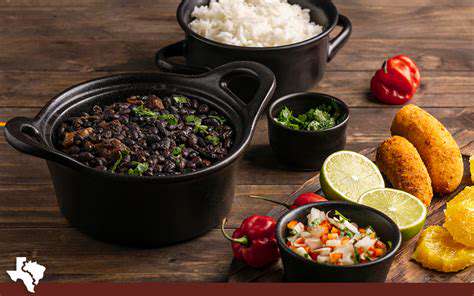
The Rise of Regional Specialties
Contemporary Brazilian chefs increasingly spotlight hyper-local ingredients and nearly forgotten recipes. Modern culinary tools help reinterpret these traditions for today's diners. This movement celebrates Brazil's biodiversity while addressing modern concerns about food sustainability.
The Impact of Globalization
While some fear homogenization, Brazilian cuisine demonstrates remarkable absorptive capacity. International techniques enhance rather than replace traditional methods. The result? Dishes that feel simultaneously Brazilian and globally informed.
Sustainability and Ethical Sourcing
Forward-thinking chefs partner directly with small producers, ensuring ingredient quality while supporting rural communities. This approach preserves culinary heritage while making it economically viable for future generations.
The Role of Social Media
Digital platforms democratize culinary knowledge. Home cooks now access techniques once guarded by professional kitchens. This transparency fosters nationwide pride in Brazilian foodways while inviting global participation in their evolution.
The Evolution of Traditional Dishes
Innovative chefs deconstruct classics thoughtfully—perhaps presenting feijoada as a refined terrine or using molecular techniques to intensify essential flavors. When executed respectfully, these interpretations introduce traditions to new audiences.
The Future of Brazilian Gastronomy
Brazilian cuisine stands at an exciting crossroads. With its unmatched ingredient diversity, cultural complexity, and chef talent, Brazil is poised to influence global dining trends significantly in coming decades. The challenge lies in balancing progress with preservation—a challenge Brazilian cooks have met successfully for centuries.
Read more about Food Culture in Brazil: Feijoada and Churrasco
Hot Recommendations
- Traditional Foods for Day of the Dead
- Food Etiquette in Italy: Pasta Rules!
- Best Family Friendly Restaurants with Play Areas in [City]
- Review: The Best [Specific Dessert] Place in [City]
- Top Ice Cream Parlors in [City]
- Traditional Foods for Halloween
- The History of the Potato in Ireland
- Best Vegan Pizza Joints in [City] [2025]
- Best Bakeries for Sourdough Bread in [City]
- Food Culture in Argentina: Asado and Wine
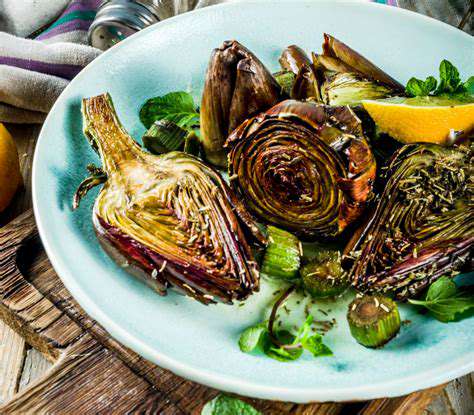
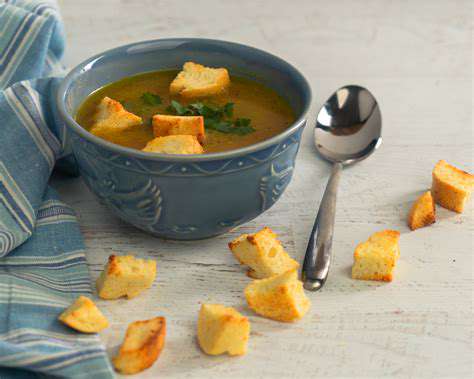
![Review: [Specific type of cafe, e.g., Cat Cafe] in [City] A Fun Experience?](/static/images/28/2025-05/IsitWorththeVisit3FAFinalVerdict.jpg)

![Best Knife Sets for Your Kitchen [2025]](/static/images/28/2025-05/HandleErgonomics3AComfortandControl.jpg)




